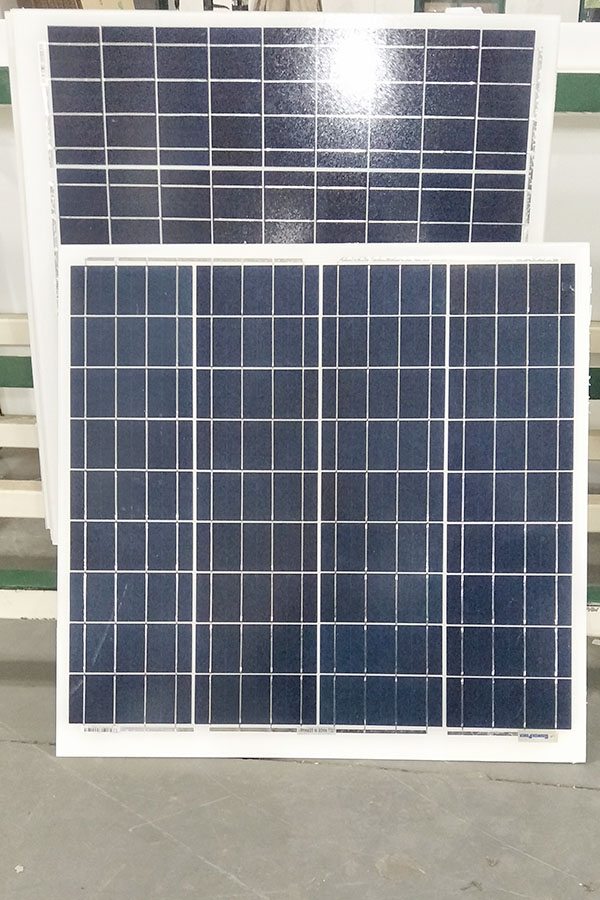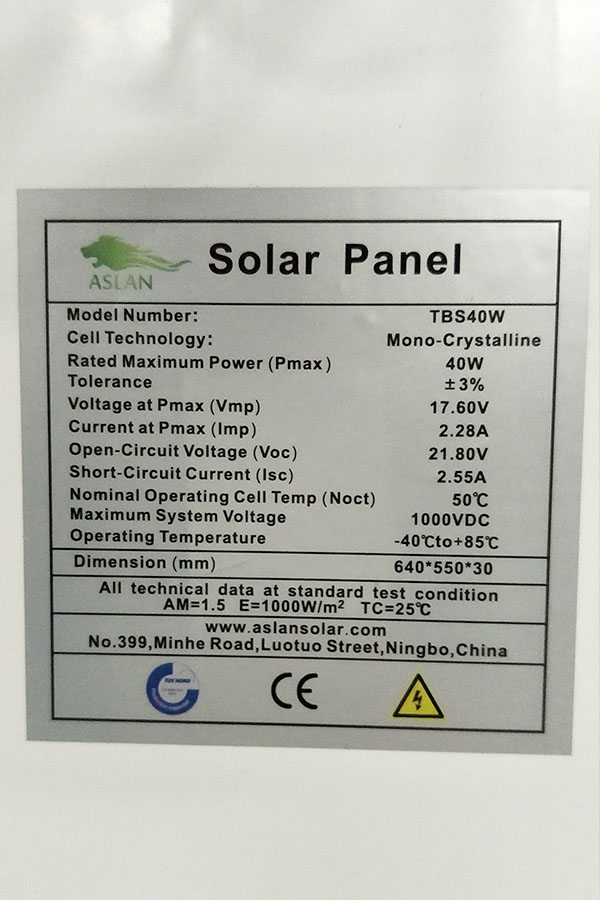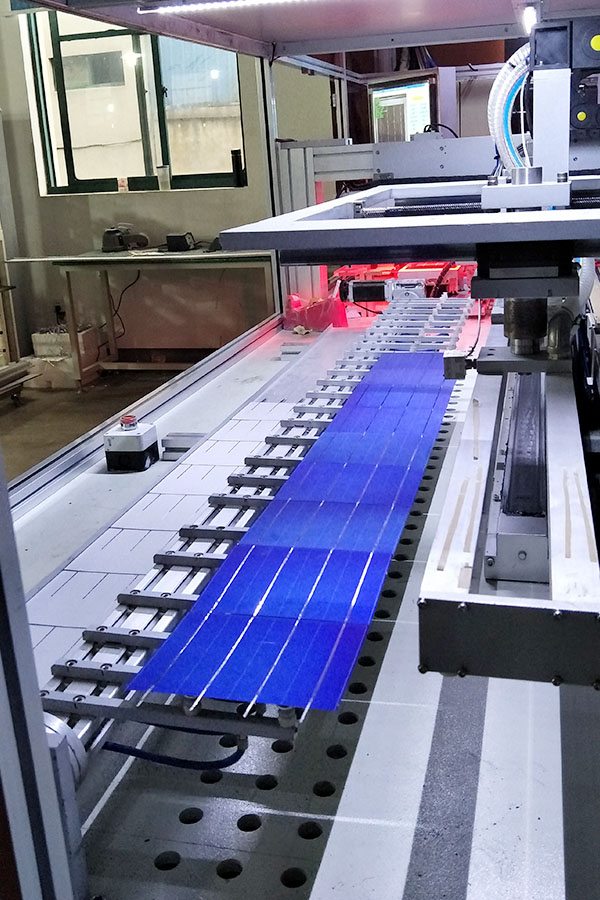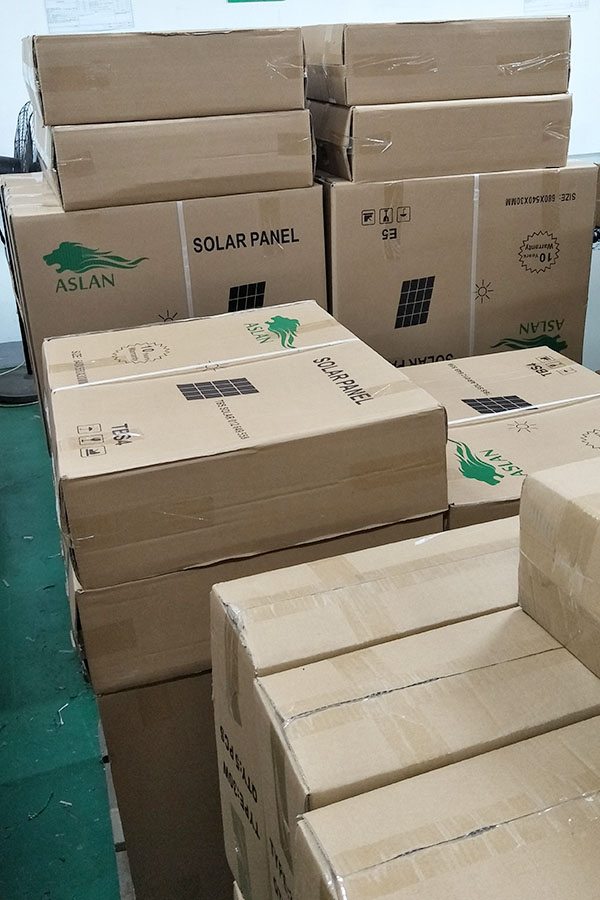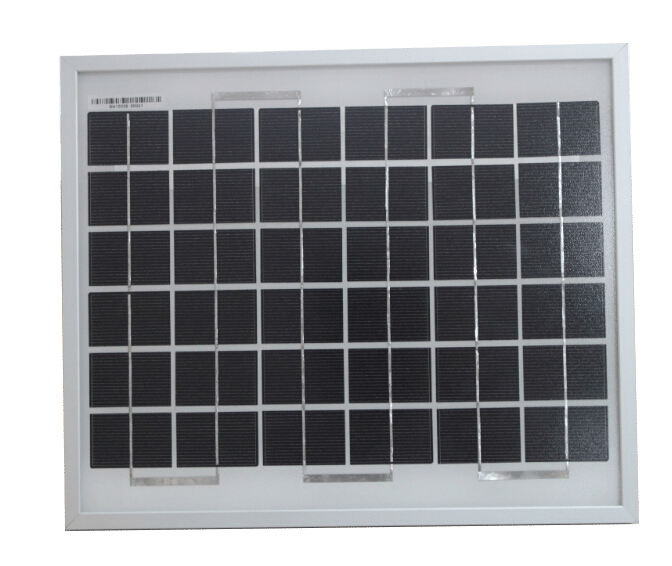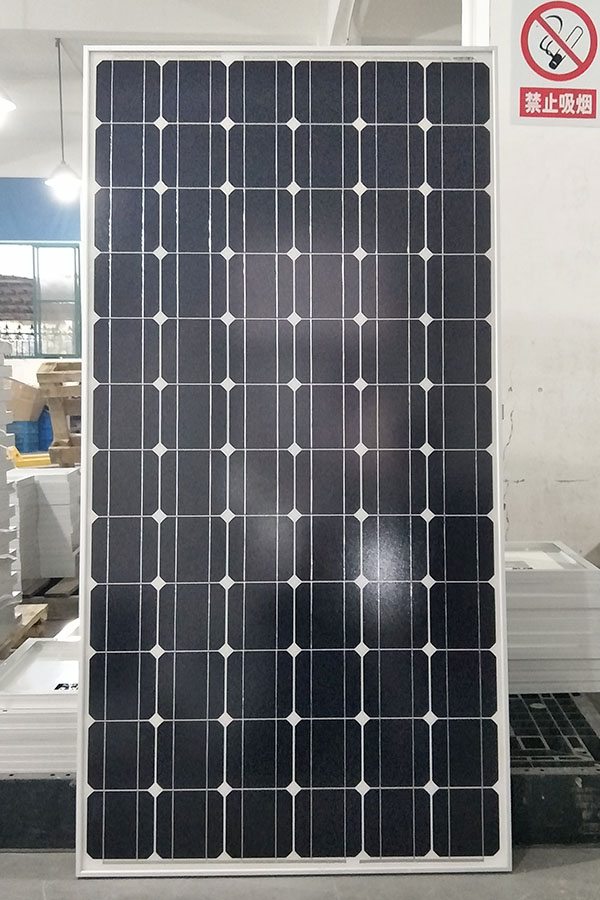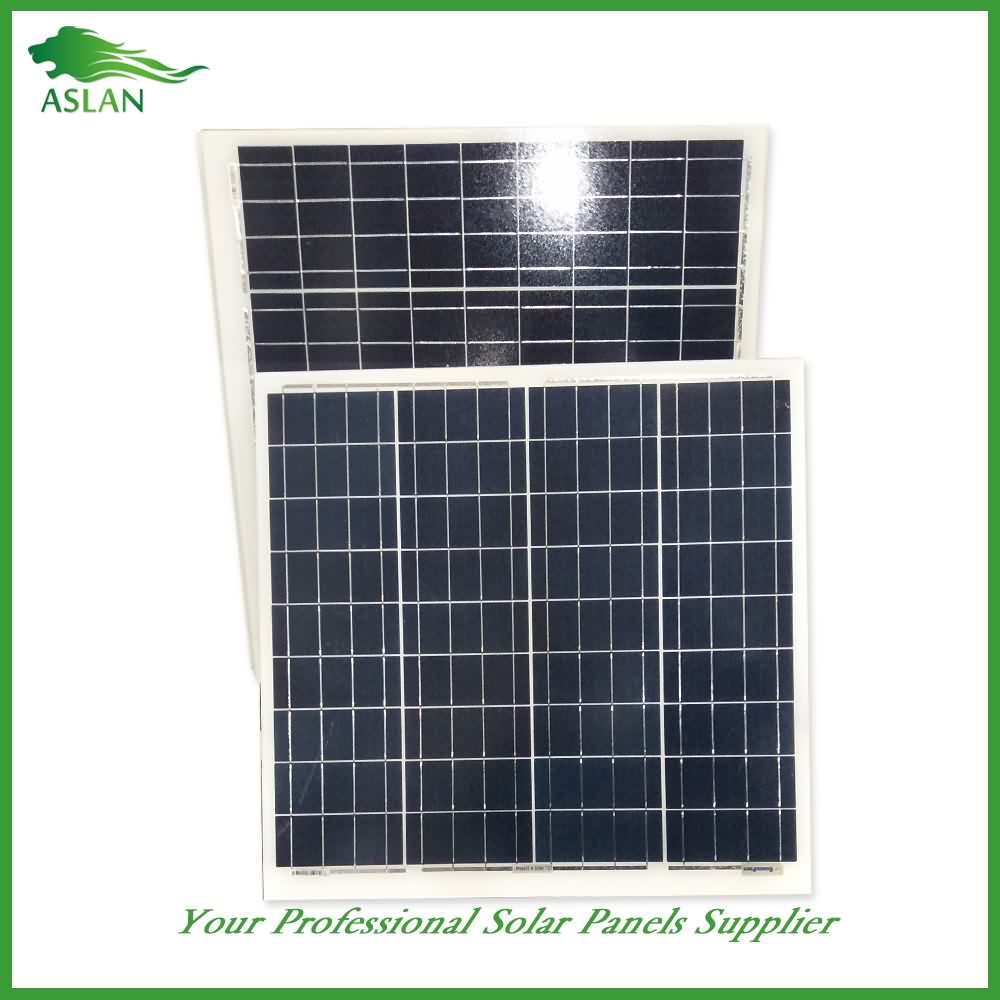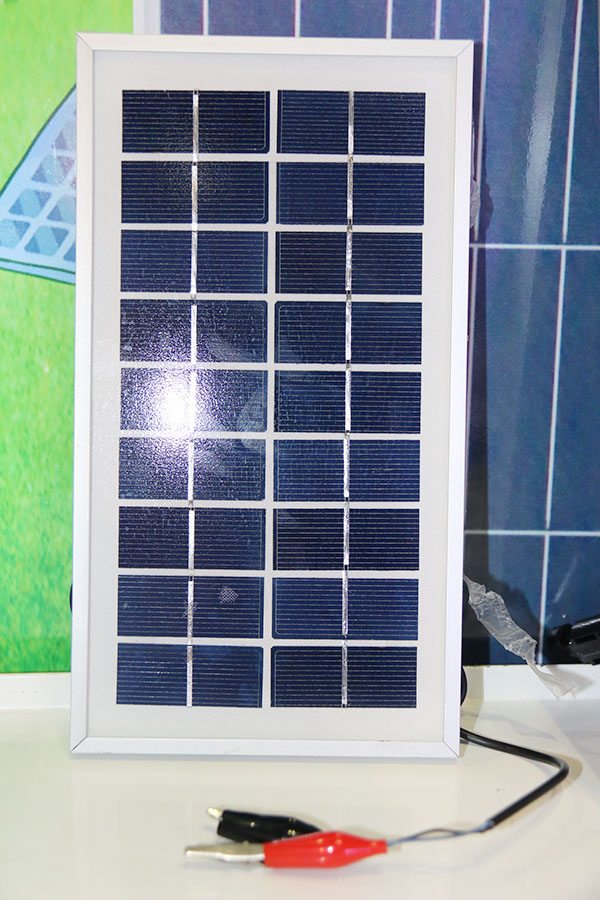Lowest Price for Poly-crystalline Solar Panel 50W Supply to Gambia
Short Description:
Quality comes first; service is foremost; business is cooperation" is our business philosophy which is constantly observed and pursued by our company for Lowest Price for Poly-crystalline Solar Panel 50W Supply to Gambia, sincerely look forward to serving you in the near future. You are sincerely welcome to visit our company to talk business face to face with each other and establish long-term co-operation with us!
Poly-crystalline Solar Panel 50W
Technical parameter
Maximum Power(W) 50W
Optimum Power Voltage(Vmp) 18.43V
Optimum Operating Current(Imp) 2.71A
Open Circuit Voltage(Voc) 22.48V
Short Circuit Current(Isc) 2.98A
Mechanical Characteristics
Cell Type Poly-crystalline 156 x 52mm
No of Cell 36 (4x9pcs)
Dimensions 678x542x25mm
Weight 4.2Kg
Front Glass 3.5mm,High Transmission, Low Iron,Tempered Glass
Junction box IP65 Rated
Output Cable TUV 1×4.0mm2/UL12AWG,Length:900mm
Temperature and Coefficients
Operating Temperature(°C): -40°C ~ + 85°C
Maximum System Voltage: 600V(UL)/1000V(IEC) DC
Maximum Rated Current Series: 15A
Temperature Coefficients of Pmax: -0.47%
Temperature Coefficients of Voc: -0.389%
Temperature Coefficients of Isc: 0.057%
Nominal Operationg Cell Temperature (NOCT): 47+/-2°C
Materials of solar panel
1).Solar Cell——Poly-crystalline solar cell 156*52mm
2).Front Glass——-3.2mm, high transmission, low iron, tempered glass
3).EVA——-excellent anti-aging EVA
4).TPT——-TPT hot seal made of flame resistance
5).Frame——anodized aluminum profile
6).Junction Box——-IP65 rated, high quality, with diode protection
Superiority: high quality anodized aluminum frame, high efficiency long life, easy installation, strong wind resistance, strong hail resistance.
Features
1. High cell efficiency with quality silicon materials for long term output stability
2. Strictly quality control ensure the stability and reliability, totally 23 QC procedures
3. High transmittance low iron tempered glass with enhanced stiffness and impact resistance
4. Both Poly-crystalline and Mono-crystalline
5. Excellent performance in harsh weather
6. Outstanding electrical performance under high temperature and low irradiance
Quality assurance testing
Thermal cycling test
Thermal shock test
Thermal/Freezing and high humidity cycling test
Electrical isolation test
Hail impact test
Mechanical, wind and twist loading test
Salt mist test
Light and water-exposure test
Moist carbon dioxide/sulphur dioxide
Link to Part 1: https://www.youtube.com/watch?v=X6a1Kdx7ujY
Apologies for the issues with focus towards the end of this video. Still getting used to the new camera, and the auto focus doesnt work entirely as I would like. Anyway, enjoy! ![]()
Patreon: https://www.patreon.com/glytchtech
Paypal: kellerrobotics(@)gmail.com
Bitcoin Address: 1Gd6B9GKnJouDCaJFujx4gS7scSvja7AWq
Website: http://glytch.tech
Twitter: http://twitter.com/glytchtech
Get your free audio book:
http://npun.us/j/b00bq0efmw
Increasing urbanization throughout the world, the depletion of fossil fuels and concerns about global warming have transformed the city into a physical problem of prime importance. This book proposes a multi-disciplinary and systematic approach concerning specialities as different as meteorology, geography, architecture and urban engineering systems, all surrounding the essential problem of solar radiation. It collects the points of view of 18 specialists from around the world on the interaction between solar energy and constructions, combining territorial, urban and architectural scales to better regulate energetic efficiency and light comfort for the sustainable city. The main subjects covered are: measures and models of solar irradiance (satellite observations, territorial and urban ground measurements, sky models, satellite data and urban mock-up), radiative contribution to the urban climate (local heat balance, radiative-aerodynamics coupling, evapotranspiration, Urban Heat Island), light and heat modeling (climate-based daylight modeling, geometrical models of the city, solar radiation modeling for urban environments, thermal simulation methods and algorithms) and urban planning, with special considerations for solar potential, solar impact and daylight rights in the temperate, northern and tropical climates, and the requirement of urban solar regulation. Contents 1. The Odyssey of Remote Sensing from Space: Half a Century of Satellites for Earth Observations, Théo Pirard. 2. Territorial and Urban Measurements, Marius Paulescu and Viorel Badescu. 3. Sky Luminance Models, Matej Kobav and Grega Bizjak. 4. Satellite Images Applied to Surface Solar Radiation Estimation, Bella Espinar and Philippe Blanc. 5. Worldwide Aspects of Solar Radiation Impact, Benoit Beckers. 6. Local Energy Balance, Pierre Kastendeuch. 7. Evapotranspiration, Marjorie Musy. 8. Multiscale Daylight Modeling for Urban Environments, John Mardaljevic and George Janes. 9. Geometrical Models of the City, Daniel G. Aliaga. 10. Radiative Simulation Methods, Pierre Beckers and Benoit Beckers. 11. Radiation Modeling Using the Finite Element Method, Tom van Eekelen. 12. Dense Cities in the Tropical Zone, Edward Ng. 13. Dense Cities in Temperate Climates: Solar and Daylight Rights, Guedi Capeluto. 14. Solar Potential and Solar Impact, Frédéric Monette and Benoit Beckers. Appendix 1. Table of Europes Platforms (microand Minisatellites) for Earth Observations, Théo Pirard. Appendix 2
Contact me: inforeq17@gmail.com
